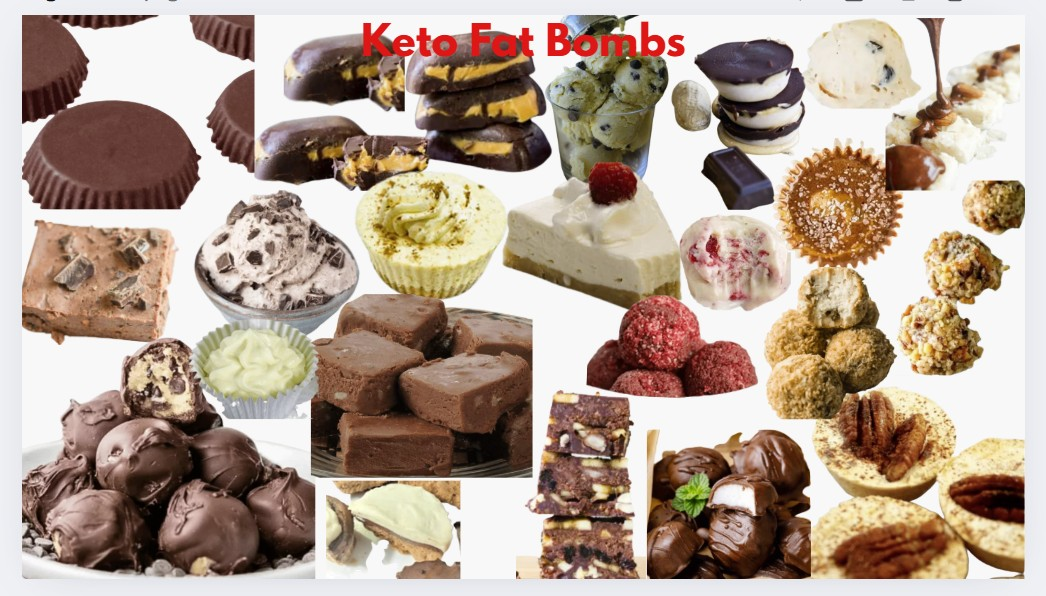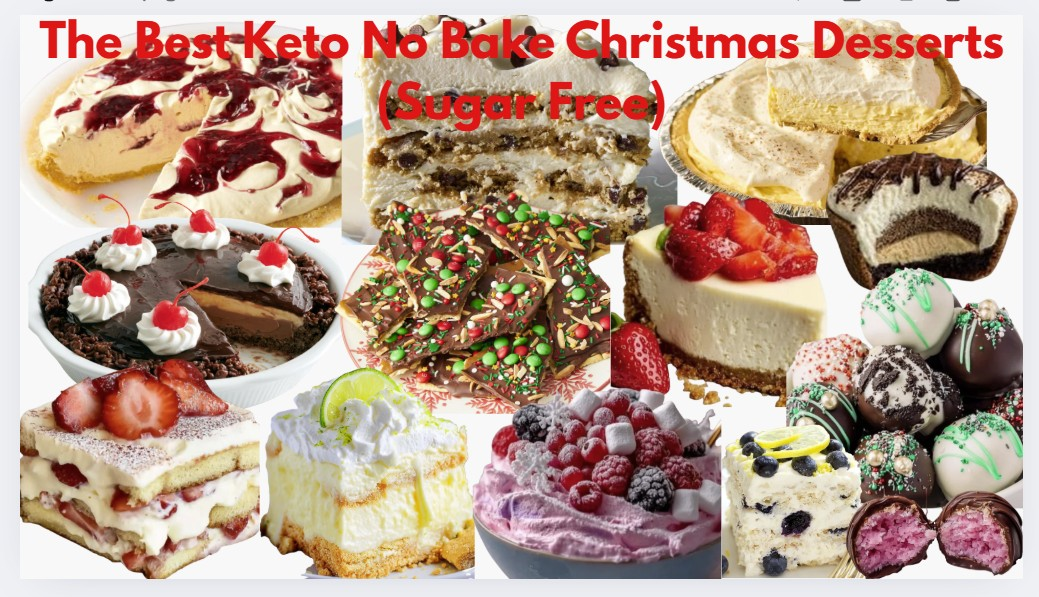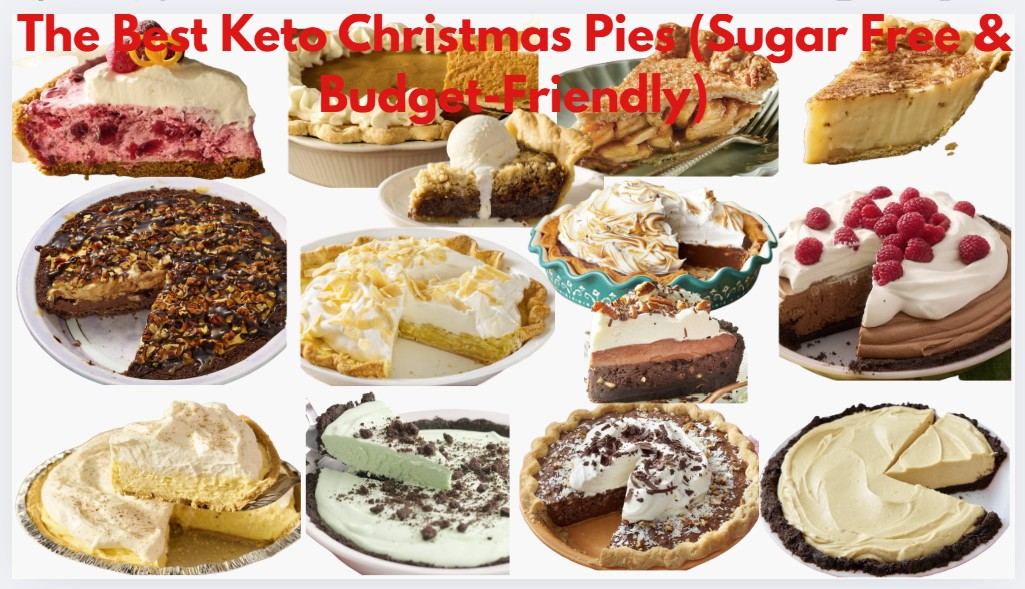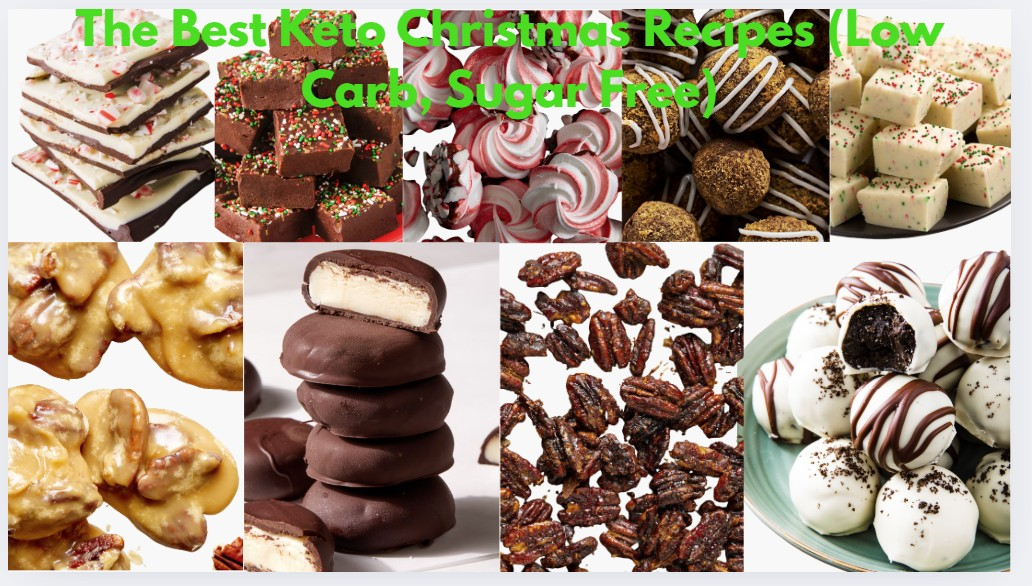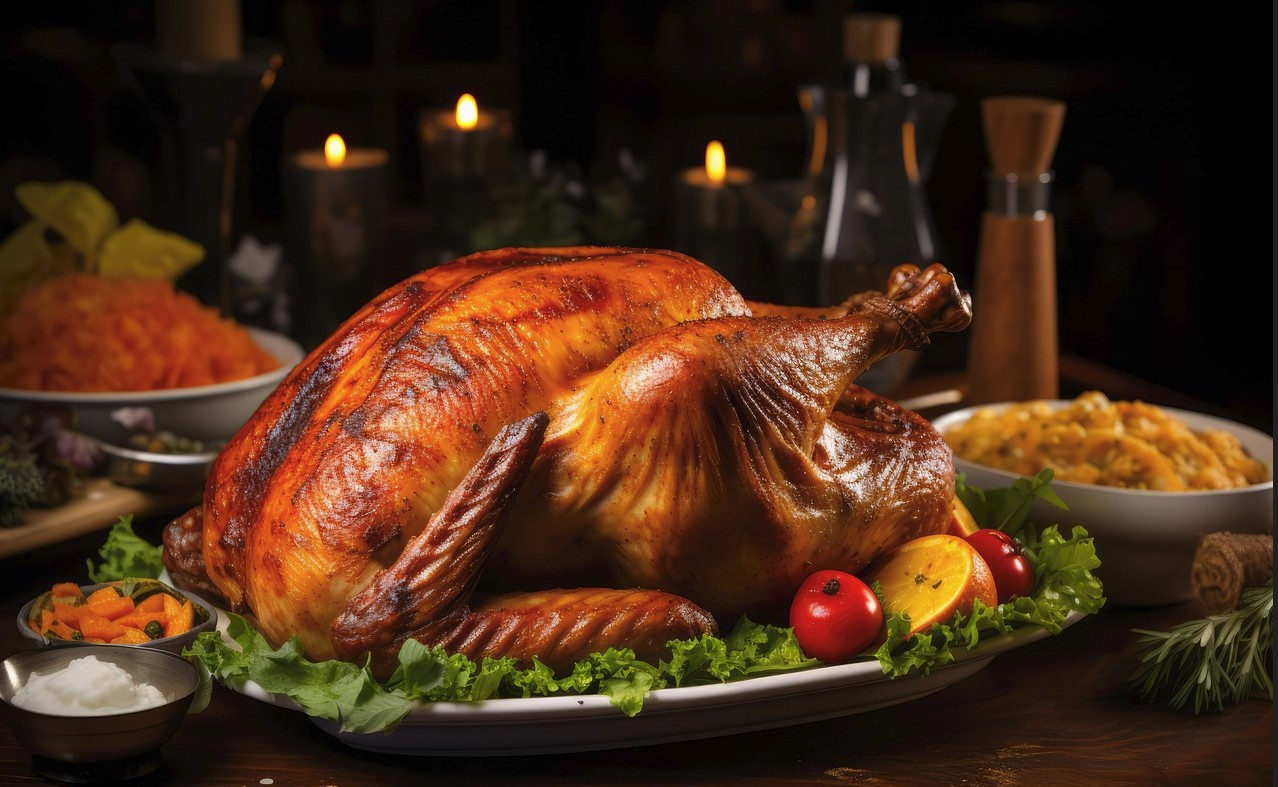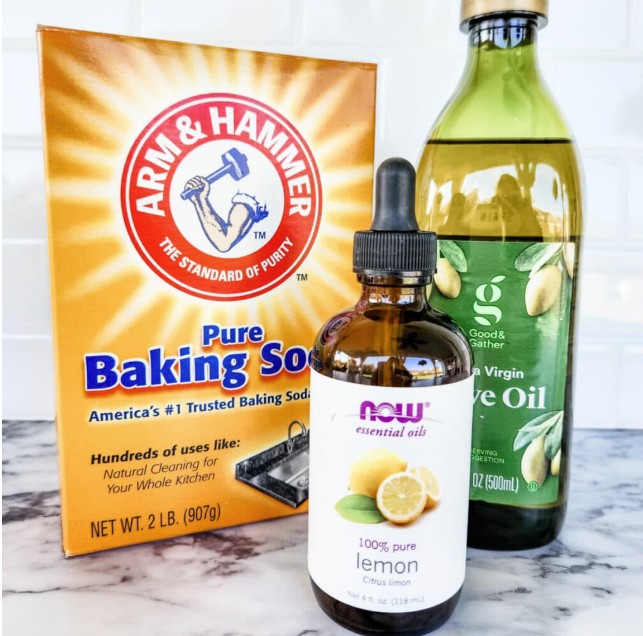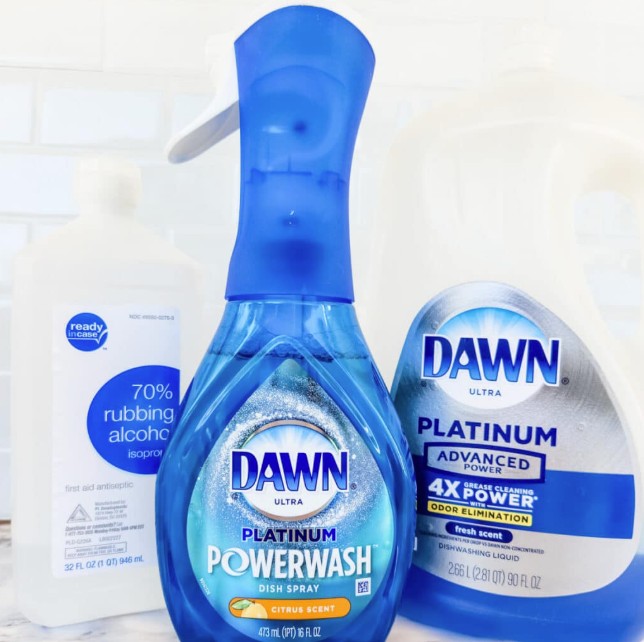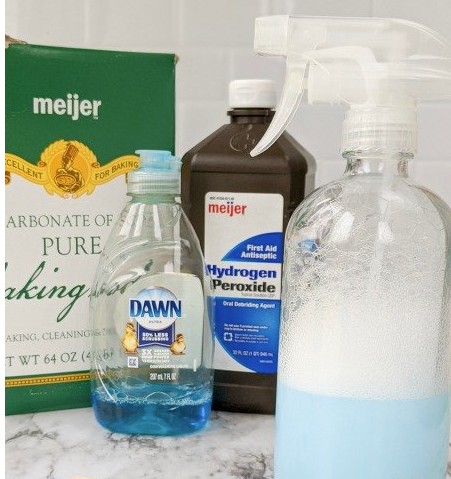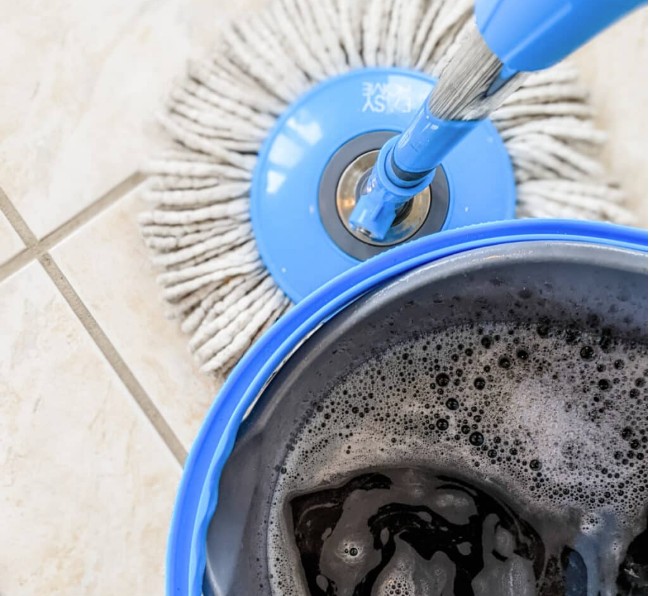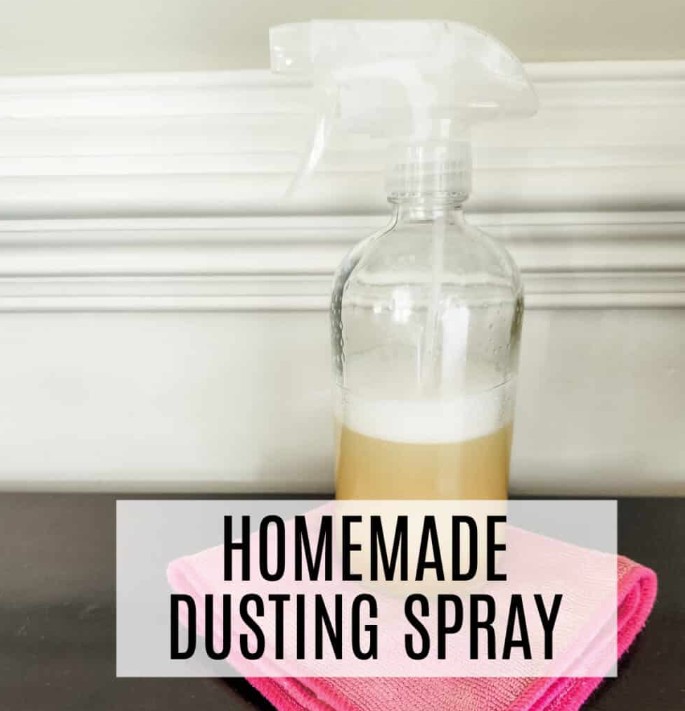If you have ever tried to peel a sticker from a glass jar or scrub gum off a table, you probably already know the name Goo Gone. This citrus-scented cleaner built a reputation for helping homeowners conquer stubborn sticky messes from price tags, crayon, and all sorts of glue residue. But for anyone who checks ingredients or wants to save money, learning how to make your own Goo Gone at home might be exactly what you need.
Homemade Goo Gone is fast, simple, and usually made with safer ingredients you probably already have in your pantry. Whether you’re avoiding harsh chemicals, saving a trip to the store, or just love a household hack, this DIY twist has a lot to offer.

What is Goo Gone? And Why Make Your Own Goo Gone?
Goo Gone is a commercial cleaner designed to break down sticky, greasy, or gummy messes. Most people reach for it when regular soap and water just don’t cut through glue, sticker backing, or waxy spots.
Common uses include:
- Removing labels or price stickers from jars, metal, and plastic
- Lifting tape marks from household surfaces
- Cleaning up chewing gum, crayon, or tree sap
The store-bought option works well for many jobs, but it has some downsides:
- Price: Buying a bottle just for the occasional sticker can feel expensive.
- Ingredients: Commercial formula often includes petroleum distillates and artificial fragrances. Some users find the smell strong or worry about skin contact and household air quality.
- Environmental impact: Certain chemicals can affect water and air, especially if you use cleaners often.
Making your own Goo Gone lets you skip the chemical overload, tailor the scent, and use natural stuff you trust. Plus, it’s usually pennies to mix up another batch.
Essential Ingredients to Make Your Own Goo Gone
You might be surprised to see that homemade cleaner recipes rely mostly on everyday kitchen staples. These ingredients work together to loosen and lift sticky marks without scratching surfaces or leaving harsh smells behind.
Core cleaning ingredients usually include:
- Vegetable oil or cooking oil
- Baking soda
- White vinegar
- Citrus essential oil
Most homes have at least one or two of these on hand. If you’ve used any of them for cleaning in the past, you already know their reputation for cutting through grease and tackling tough spots.
Popular Ingredient Options: Common Pantry Staples
Vegetable Oil:
Acts as a gentle solvent. It breaks down sticky substances by softening them, making scrubbing easier. Canola, olive, or even coconut oil all do the job.
Baking Soda:
Adds scrubbing power. This mild abrasive helps rub away residue without scratching glass or metal. It also neutralizes odors.
White Vinegar:
Cuts grease and helps dissolve sticky messes. At full strength, it removes some glue by softening it, but it also boosts the cleaning action when mixed with oil.
Citrus Essential Oil (Lemon or Orange):
Provides natural degreasing power. The d-limonene in oranges and lemons helps break down adhesives. It also leaves a fresh, clean scent behind.
If you don’t have essential oil, orange or lemon zest can also work.
Customizing for Natural, Kid-Safe, or Scented Variants
Personal preference or household needs might shape how you mix your Goo Gone.
- Hypoallergenic or Kid-Safe: Skip the essential oil or use baking soda and mild oil only. Coconut oil and baking soda make a gentle, scent-free option.
- Fragrant Version: Add a few drops of lavender or eucalyptus oil.
- Allergy Concerns: Check that none of your household members react to nuts (avoid peanut or nut oils) or citrus.
Try a small batch first if you’re not sure how ingredients might react with surfaces or skin.
Step-by-Step Guide: Make Your Own Goo Gone
Here’s a basic recipe to get you started. You can tweak the ingredients based on what you have or need.
Mixing the Ingredients
Simple DIY Goo Gone Paste
- 1 part baking soda
- 1 part vegetable oil (canola, olive, or coconut)
- Optional: 5-10 drops citrus essential oil (lemon or orange)
Directions:
- Mix the baking soda and oil in a small bowl.
- Stir until it forms a thick, spreadable paste.
- Add essential oil, if using, and mix well.
If you want a spray version (for labels on windows or hard-to-reach spots), mix equal parts oil and white vinegar with several drops of citrus oil in a spray bottle and shake before each use.
Storage and Safety Tips
- Store paste in a small, airtight jar or container. Label it clearly.
- Sprays should go in glass or PET plastic bottles to prevent deterioration.
- Keep your homemade Goo Gone in a cool, dry place, out of reach of kids and pets.
- Always label with the ingredients and date made.
For best results, use within a month or two. Natural oils can go rancid over time, so if it smells off, toss and make a fresh batch.
How to Make Your Own Goo Gone Effectively
Homemade Goo Gone packs a punch, but a few tricks make it even more effective.
- Always test a small, hidden spot first.
- Let the paste sit for a minute or two before scrubbing.
- Use a soft cloth, paper towel, or old toothbrush to work the mixture in.
- Wipe clean, then wash the area with warm, soapy water to remove any oily film.
Removing Adhesive or Sticky Residue
To clear away stickers, tape residue, sap, or crayon:
- Apply a small amount of paste or spray to the sticky area.
- Wait one to five minutes for stubborn messes.
- Gently rub in a circular motion.
- Wipe away residue and oil with a clean cloth.
- Wash and dry the spot as needed.
Old jars, kids’ desks, and plastics often look new again with just one treatment.
Tips for Delicate and Porous Surfaces
Some surfaces need extra care, like painted walls, certain plastics, or electronics:
- Test first on a hidden spot.
- Use a minimal amount and don’t let the paste sit too long.
- Avoid soaking fabric or electronics.
- After removing residue, rinse or dab clean with damp cloth.
If using on fabric, skip oils and try just a paste of baking soda and water. For screens or electronics, stick with gentle cleaners recommended by the manufacturer and avoid any oil-based product.
Troubleshooting and Frequently Asked Questions on How to Make Your Own Goo Gone
How long does homemade Goo Gone last?
A tightly sealed jar can last up to eight weeks, but fresh is always best.
What if my mix separates or dries out?
Simply stir or add a drop of oil and mix it up again.
Is it safe for all surfaces?
Most hard, non-porous surfaces like glass, metal, and finished wood are fine, but always test first. Avoid unfinished wood or unsealed stone.
Will it leave a greasy film?
It might. After use, clean the spot with soap and water to remove leftover oil.
Can I substitute ingredients?
Absolutely. Use whatever neutral oil you have, swap out citrus essential oil for another scent, or leave it unscented for sensitive noses.
Does it remove super glue?
It can help soften some glue, but super glue may require acetone (nail polish remover) instead.
What about lingering odors?
Essential oils usually leave a pleasant scent, but if you notice any off smells, your oil may be old. Store in the fridge for maximum freshness if you use rarely.

DIY Toilet Cleaner: Simple Solutions for a Fresh Bathroom
The Best DIY Stain Remover for Clothes [2025 Tested Solutions]



